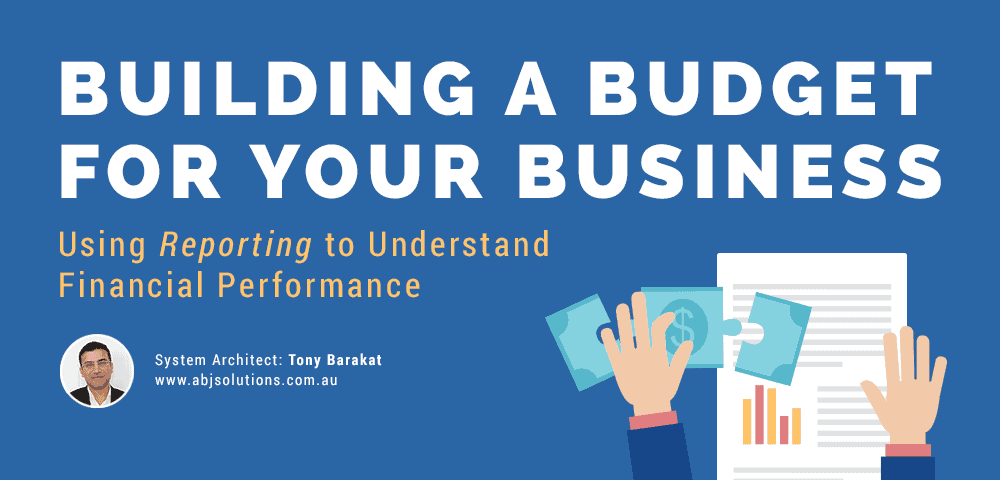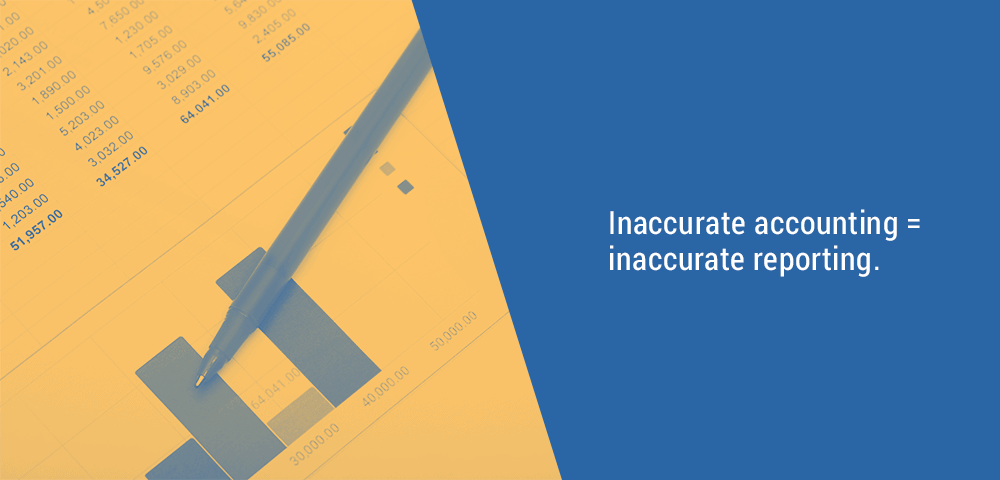
System Architect | Tony Barakat : abjsolutions.com.au
Your business may be booming, but do you really have a full picture of your company? Do you have yearly financial targets and goals to reach them in place?
If you don’t have a budget, then the answer is probably no.
It’s easy to get caught up in the day-to-day running of your business and forget about the big picture. But no matter how big or small your business is, having a budget is crucial for a number of reasons. Not only does a budget allow you monitor your performance, but it also highlights matters that deserve your attention and enables you to think about your goals and the future of your business.
Now you may think that creating a budget takes a lot of time and effort that you do not have, but it’s actually not as difficult as you may believe. Think of it as a time investment into the future of your company – doing the work on it now will allow you to maintain a sustainable operation by estimating your expenses and revenue. You can see where profits can be improved, where you can reduce costs, and where you can increase returns on investment. And just as crucial, you can be more prepared for seasonal highs and lows that your business has to face.
By following the system outlined below, you can build a budget in a few simple steps. Once this is done, you will have more clarity in your business and be able to use accounting reports to truly understand your financial performance.
How to Build a Budget and Monitor Business Performance Through Reporting
Part 1: Build a budget in 4 steps
Step 1: Set your initial yearly targets using a top down approach
- What’s the high-level revenue figure and net profit figure that you want to reach in the coming year and over the next three years?
Step 2: Review/compare your targets using a bottom up approach
- Break down what revenue you generated historically across your client base, your product base, your channel base.
- What revenue will you generate from these streams going forward?
- If the figure is less than your high-level revenue figure from Step 1 – either lower it down or increase your clients and sales.
Step 3: Set yearly targets for operating expenses
- Based on your high-level gross profit figure, map out your operating expenses (rent, staff costs, marketing, etc.).
- Deduct your operating expenses from your gross profit number to get your net profit target.
Step 4: Break your yearly targets into monthly budgets
- Break the budget down to monthly, to use it as a benchmark. Report your actual results against your budget on a monthly basis.
- Take into consideration any seasonal or other types of fluctuations in the business and set your monthly budget accordingly.
Part 2: Reporting and business performance
Step 1: Create a monthly reporting process
- Have a process in place to ensure you receive accurate accounting reports on a monthly basis.
- Ensure the numbers entering your accounting system are accurate to ensure you receive accurate reports out of your accounting system.
- Request your accountant or CFO to review the numbers for accuracy before the reports are generated.
- Ensure the numbers for the month are accrued.
Step 2: Schedule a monthly review of the reports with your management team
- Each month review these reports and analyse how your business performed last period, compared to your budget.
- Report your monthly Profit & Loss against your monthly budget and where relevant – against the previous reporting period.
- Report the year to date Profit & Loss against your year to date budget.
- Report on the Balance Sheet.
- Report on the cash flow.
- Where relevant, look at the quarterly forecast for the business in Profit & Loss and in cash flow.
- Review accounts receivable for issues around the collection of debts (invoices/outstanding invoices).
- Review accounts payable in detail.
Step 3: Select the KPI (key performance indicators) for your business to monitor on a monthly basis
- KPIs are different for every business. Such indicators can be EBITDA (earnings before interest, tax, depreciation and amortisation) or net profit, revenue by particular segment, gross profit margin, aged debt, cash balance, liquidity ratio. You can also have non-financial KPIs for your business, like number of new leads, conversions, social media likes etc.
- Suggestion! Keep your KPIs to a minimum, so that they are manageable, robust, relevant and focused on the coming period.
Hold your management team accountable against your KPI’s.
Step 4: Use the reports to understand the breakeven point and profitability of your business
- Monitor business trends. If performance is not going as planned, delve into why. Is it the industry, the economy or your specific business. Assess all the different elements and drivers about what makes your business successful. Find which of the drivers is not performing well.
A budget that’s planned and managed well is instrumental to monitoring the financial impact of operational plans and business decisions. It’s the most effective way of ensuring that you’re on track to your financial goals and gives you greater confidence and focus. By following the steps outlined above, you can easily build your budget and use reporting and KPIs to fully understand what is going on in your business and to put you in good stead for the future.
System Architect – Tony Barakat

At ABJ Business Solutions, the objective is to provide SME’s with an expert business solution to: help their business lay the foundations for growth; put in place efficient processes; understand their numbers; use specific indicators to measure and drive business performance.
ABJ Business Solutions provides a complete finance solution covering bookkeeping, CFO expertise, tax strategy and compliance, along with innovative IT solutions – at an economical price.
The team demonstrates hands on expertise in embedding financial information as a core necessity for organisations through: the effective delivery of cash flow management, including satisfying bank requirements and negotiations; debtor control; accurate billing; reviewing monthly accounts against budget; maximising existing system reporting; planning and measuring the future through expert financial modelling; and partnering in the key decision-making events.
ABJ has a proven track record of cost control and profitability analysis by product lines, so that businesses have the confidence to know exactly where they stand and what they need to do to move forward successfully.












